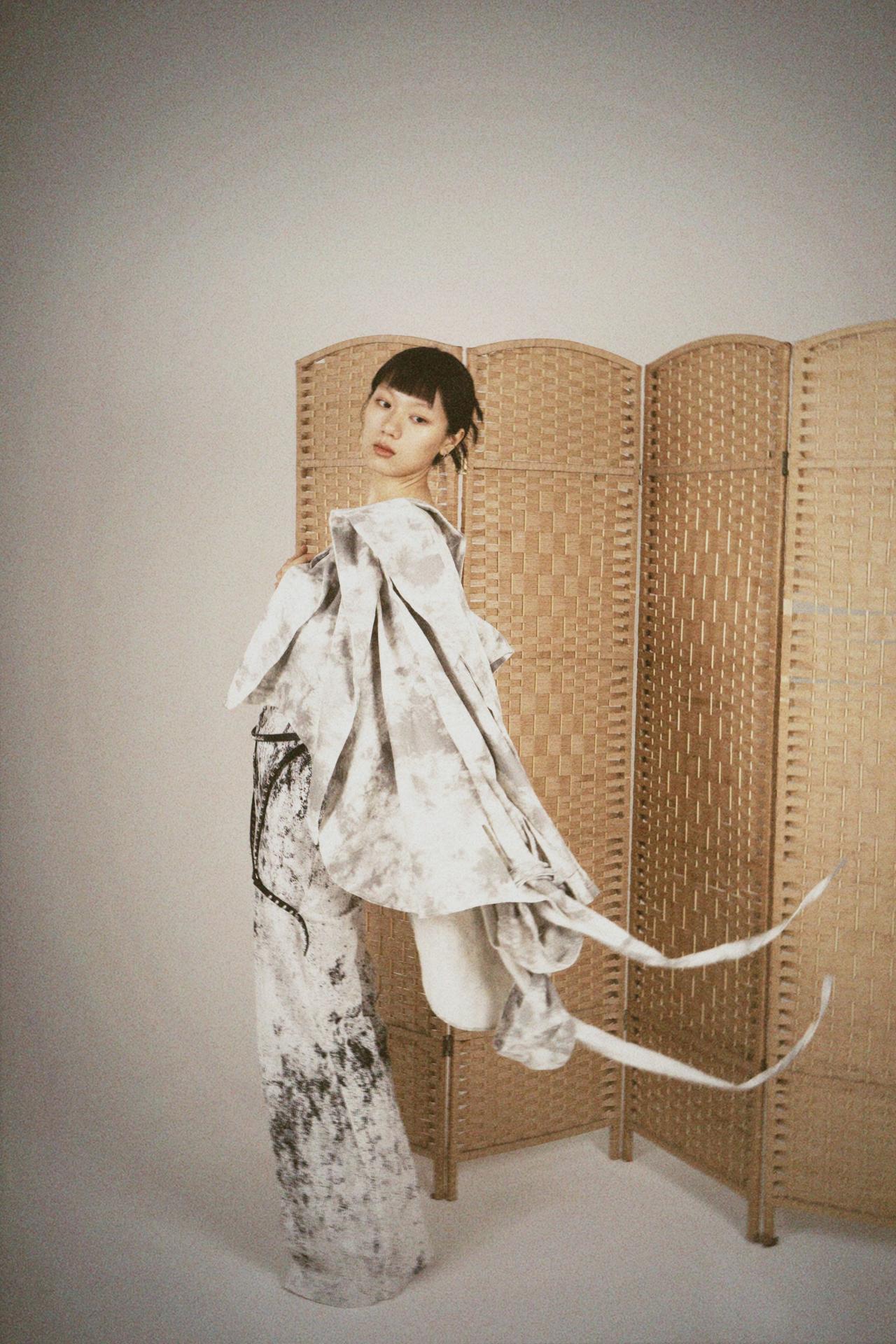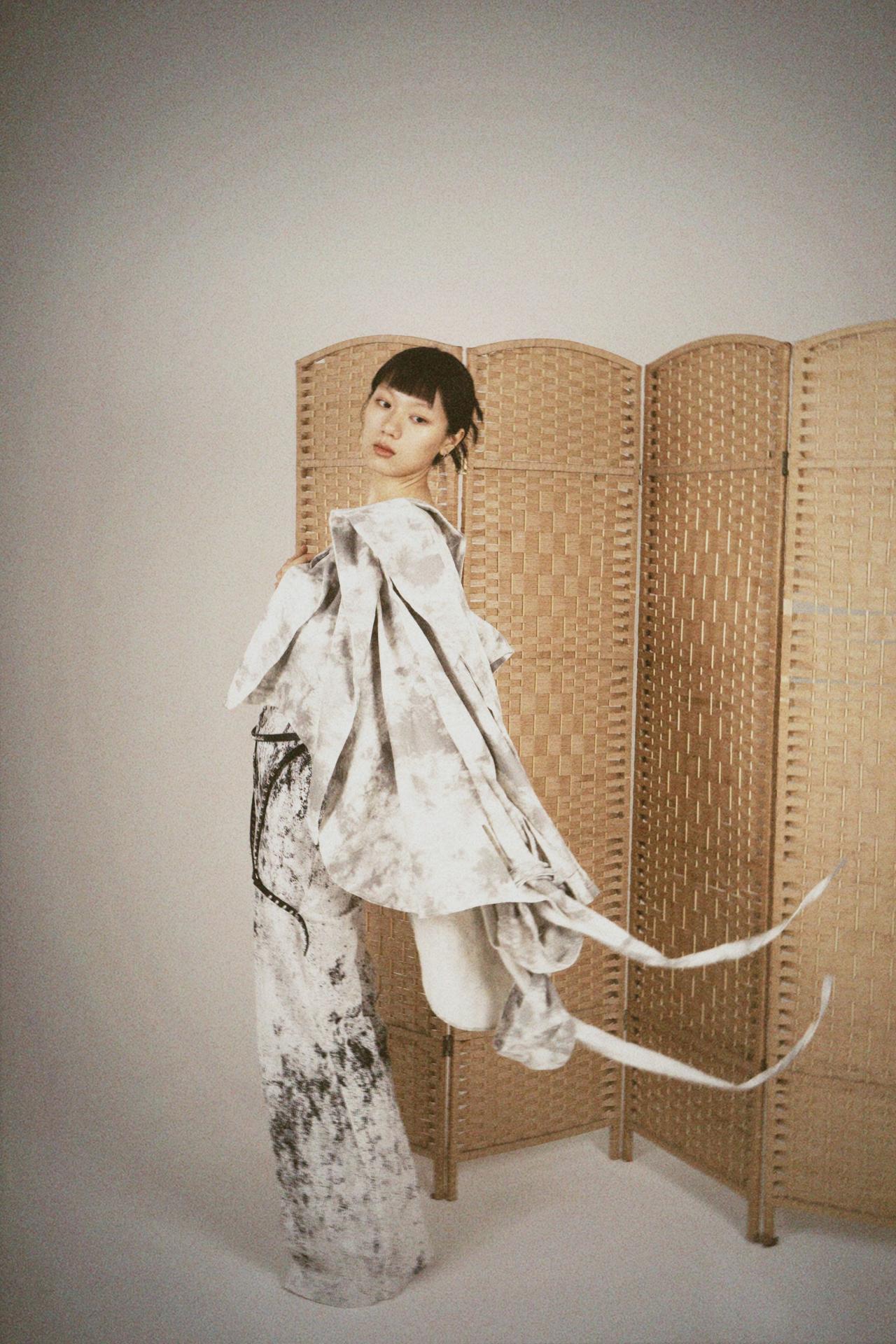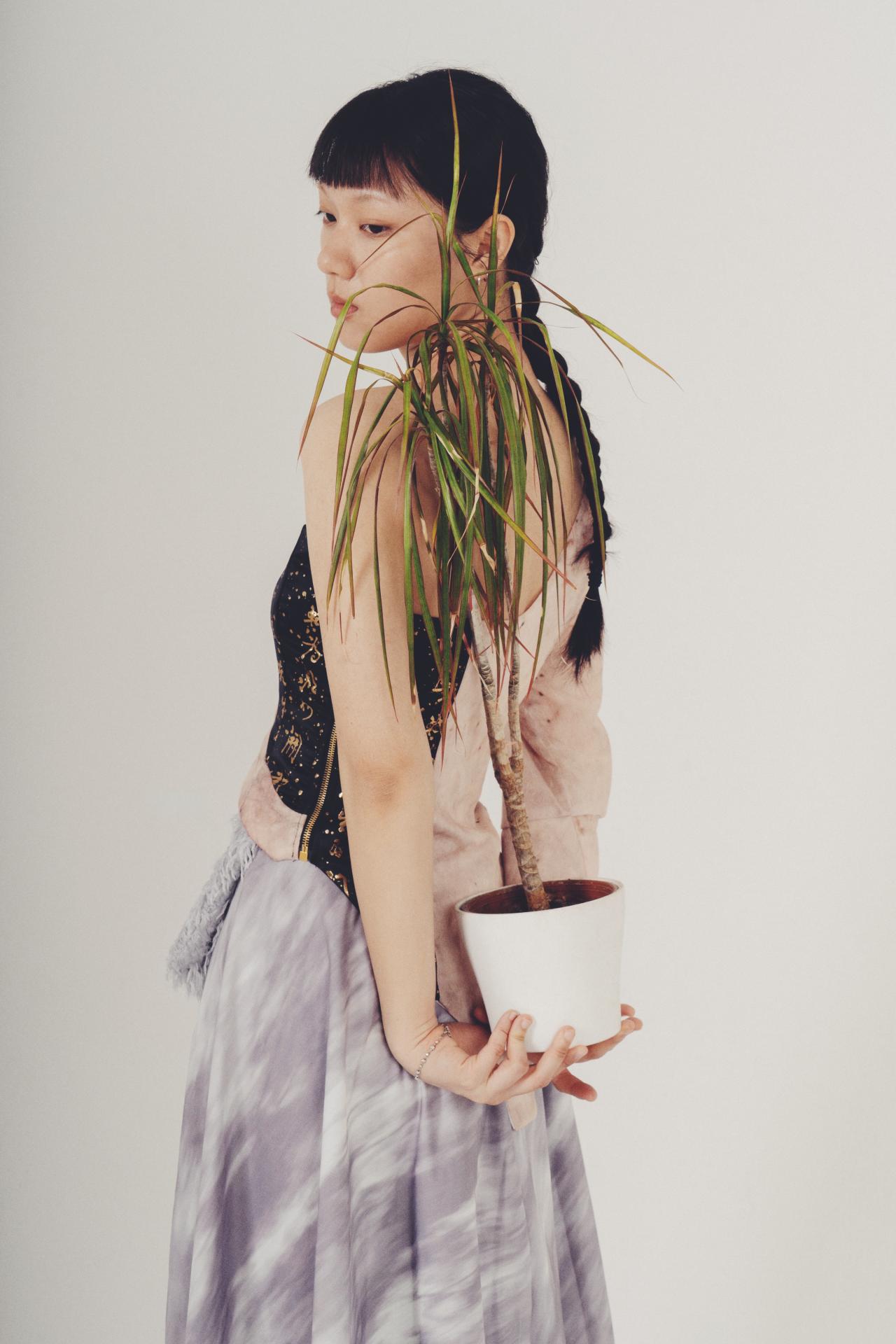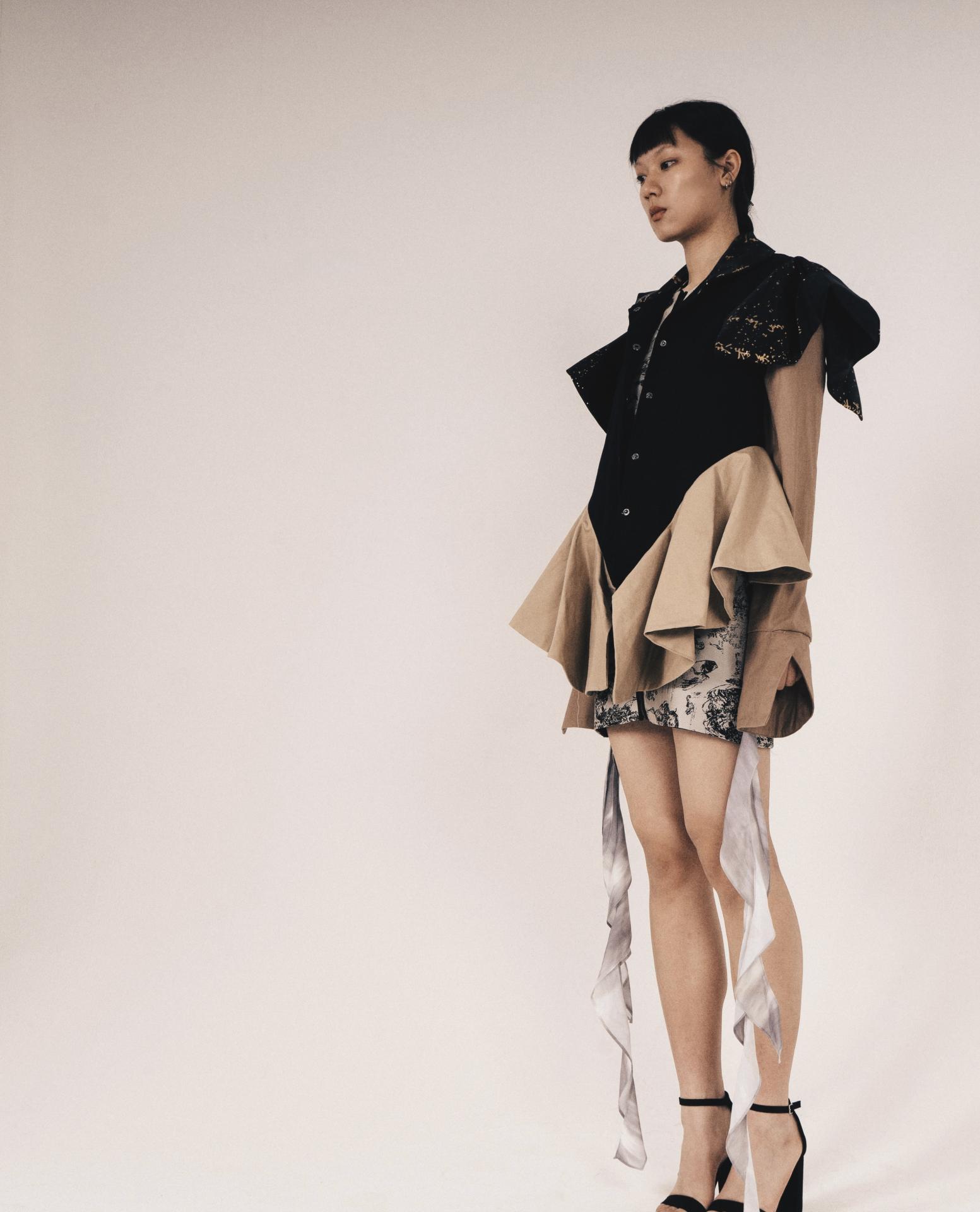Dance and calligraphy, as external manifestations of human inner desires, share similarities in their principles and aesthetics. Despite Latin dance being a form of body art, its fundamental principles of beauty expression align with calligraphy. Even amidst the transformation of modern society, these two art forms exhibit certain commonalities, primarily in the exchange of aesthetic allure between calligraphy and Latin dance, as well as the dialogue between calligraphy and dance creation.
Latin dance should be regarded as the adornment of human body movements and gestures, then calligraphy could be considered as the embellishment of its stipple painting and posture modeling. One utilizes the human body, while the other employs Chinese characters; both share the same destination. Jointly, they express thoughts and emotions, reflecting the attributes of the beauty of life.
Rhythm and synchronization are the fundamental aspects of Latin dance and calligraphy, showcasing diverse expressions. When executing these dances, the dancer’s entire body must remain in motion to embody the rhythm and synchronization, ensuring the coherence and harmony between the movements. This necessitates that all fixed balance postures adapt to the dancer’s movements, akin to the alterations in the length and height of all pointillism elements in calligraphy creation, depending on the vertical conditions in the motion.Make all kinds of changes like. Calligraphy and Latin dance are two kinds of art with a long history. Calligraphy art has a strong and distinct quality of dance, exploring the aesthetic similarities and differences between calligraphy and dance, we will have a deeper feeling of the two.






